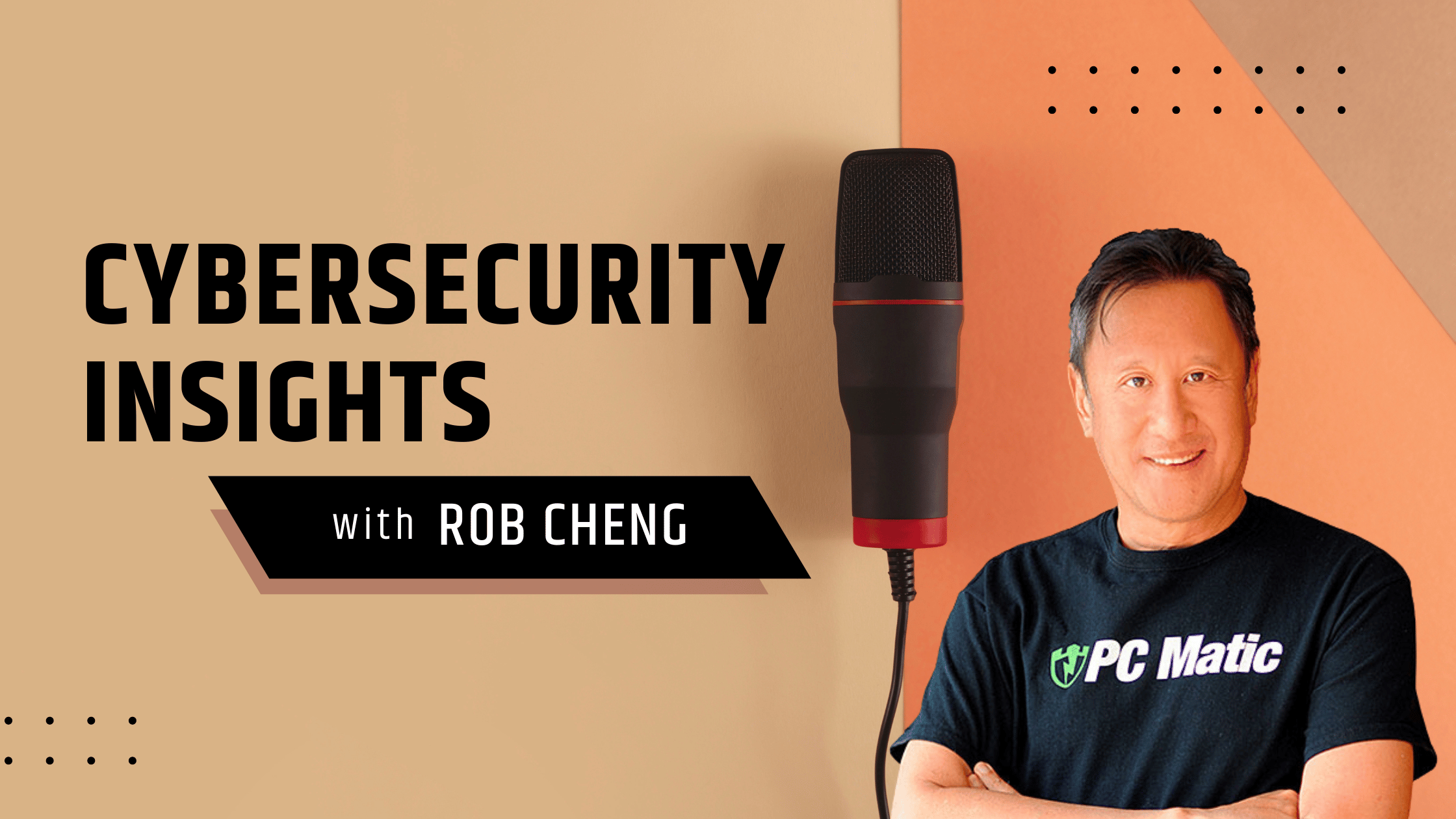In today’s digital age, cybersecurity remains a critical concern for individuals and businesses alike. In the first episode of “Insights,” hosted by Ben Segal, Managing Director and Private Wealth Manager at UBS Financial Services, delves into this pressing issue with guest Rob Cheng, CEO of PC Matic, a leading cybersecurity firm. Here are the key takeaways from their enlightening discussion on the state of cybersecurity.
The State of Cybersecurity
Rob Cheng paints a bleak picture of the current cybersecurity landscape. Since the rise of ransomware attacks in 2013, the frequency and severity of these attacks have escalated dramatically. Cheng emphasizes that no one is truly safe in the digital world, citing the alarming rise in cyberattacks across various sectors, from small businesses to large corporations and even federal governments.
Why Cybersecurity Measures Are Failing
Despite the availability of numerous cybersecurity tools, the problem persists. Cheng points out two main reasons for this: the lack of a coordinated national defense strategy and the fragmented approach to cybersecurity. Unlike traditional warfare, where national defense forces protect cities from attacks, there is no equivalent in the cyber realm. Each entity, whether a small business or a large corporation, is left to fend for itself.
Additionally, the cybersecurity landscape is patchwork, with varying levels of protection across different organizations. Even the most well-protected entities are vulnerable to nation-state attacks, which could potentially target multiple victims simultaneously.
The Internet of Things (IoT) Vulnerability
Cheng highlights a particularly concerning issue: the lack of security in IoT devices. With over 15 billion IoT devices in use, none of which have built-in security software, they represent a massive vulnerability. These devices can be easily transformed into surveillance tools, as demonstrated by incidents in places like Guam.
Preventative Measures
The discussion shifts towards what can be done to improve cybersecurity. Cheng advocates for a shift from reactive to proactive measures. Over the past decade, the focus has been on responding to attacks rather than preventing them. To combat this, he suggests adopting a balanced approach that includes both prevention and reaction.
One effective strategy is to follow established cybersecurity frameworks, such as the National Institute of Standards and Technology (NIST) Cybersecurity Framework. This framework emphasizes the importance of knowing all the assets on your network—people, hardware, and software—and ensuring that only authorized entities are allowed access.
Role of Cyber Insurance
Cyber insurance has not kept pace with the evolving threat landscape. Cheng argues that the industry has failed to accurately measure and mitigate risks, leading to significant financial losses. He suggests that better risk assessment and updated models are needed to provide effective coverage and reduce the likelihood of future claims.
Simple Yet Effective Cyber Hygiene Practices
For businesses and individuals, Chang recommends a few basic but crucial cybersecurity practices:
1. Password Protection
Always use strong, unique passwords for all devices and accounts.
2. Logging Off
Ensure that computers are logged off when not in use to prevent unauthorized access.
3. Software and Hardware Management
Know what software and hardware are on your network and ensure they are necessary and secure.
4. Regular Backups
Regularly back up data to mitigate the impact of potential attacks.
Future Outlook
Despite the current challenges, Cheng remains optimistic. He believes that by simplifying cybersecurity measures and adopting comprehensive frameworks, we can improve our defenses against cyber threats. However, it requires a collective effort from individuals, businesses, and governments to create a more secure digital environment.
In conclusion, cybersecurity is an ever-evolving field that demands constant vigilance and adaptation. By understanding the current threats and implementing robust preventive measures, we can better protect ourselves in the digital age.
Listen to the full podcast here.




